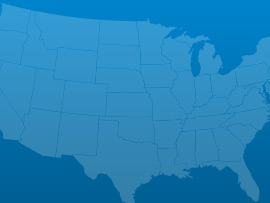
March 03, 2017
As the President’s repeated in his address to Congress his pledge to dramatically increase infrastructure spending to the tune of $1 trillion, various Congressional Committees

March 01, 2017
On Tuesday night, President Trump addressed a joint-session of Congress for the first time in his presidency. Infrastructure was among the many issues he discussed.

February 28, 2017
U.S. motorists set a new record for vehicle miles travelled (VMT) in 2016, driving over 3.2 trillion miles, an increase of 70 billion miles from

February 17, 2017
Romantic dates, the Grammy awards and celebrating black history are not the only milestones of this week; the Oroville dam crisis in California and the
As a CE community we are aware of the need for infrastructure investment and because we see it so clearly we feel other do (should) also; and then we expect our political leaders at each level – local, state, and national to step up and do the right thing. But that hasn’t happened and isn’t going happen until we (the CE community) are able to influence the voters. This is going to take a strong and enduring campaign to drive the ‘awareness’ for investing into the minds of the voters. Right now there is a tendency to believe infrastructure is free or my taxes already pay for sustaining, repairing, refurbishing infrastructure – there is no pain for not investing. So why should I invest? People do not perceive lack of infrastructure investment a problem. we draft infrastructure report cards for engineers – we need to make the information readily available to the voters and make the impacts more transparent and meaningful. Move away from the technical jargon and put into words the public understands. Who truly understands what $3.6B represents, how do we break that number into a more meaningful number people can relate to…if the nation had one dollar to invest in infrastructure when would be it and why? In my opinion we need to be taking about and influencing the adoption of National Asset Management Plan across each of the activities highlighted in your Report; Dams, Drinking Water, Hazardous Waste, etc.. Force transparency in where infrastructure dollars are currently being allocated at the local, state, and national levels. This will allow the public to influence elected official decisions. Are dollars being properly allocated or are the being siphoned to support other initiatives. Most of the public have little trust in elected officials, feel they cannot make a difference, so the shrug their shoulders and hunker down hoping the bridge they cross over does not fail, or the dam in their community continues to operate as intended.